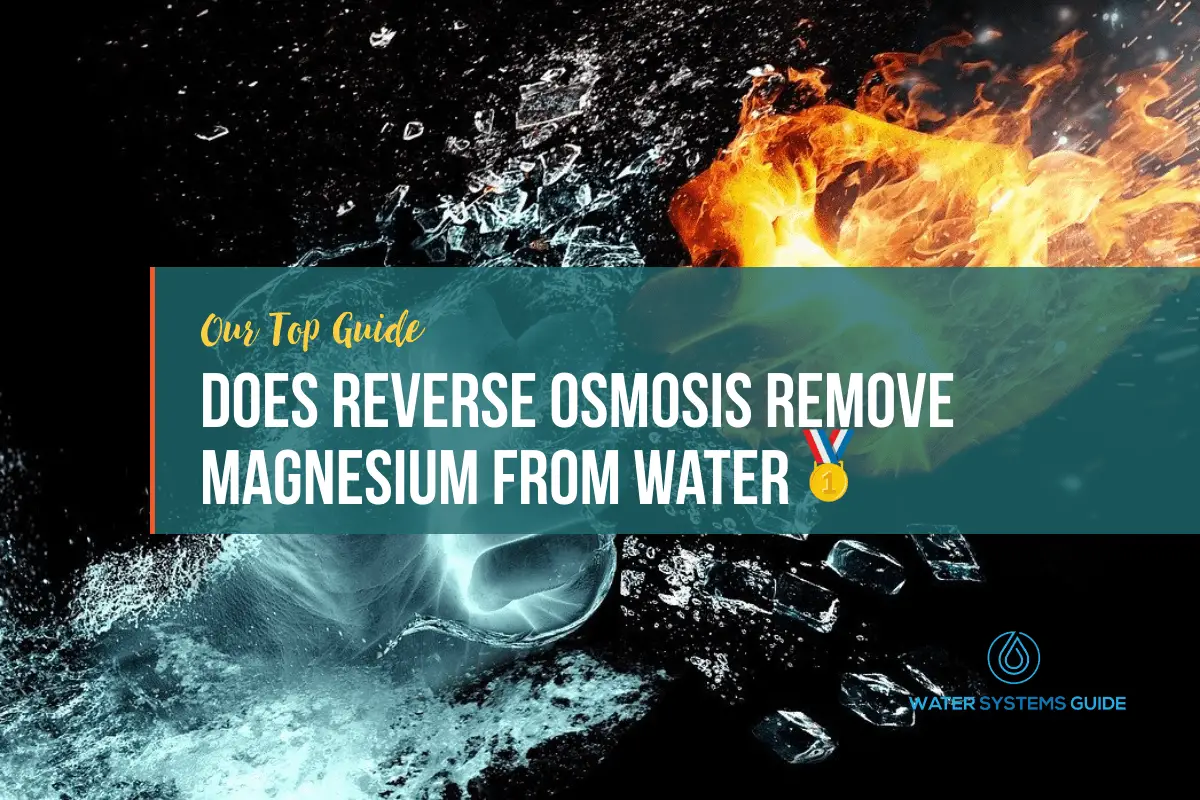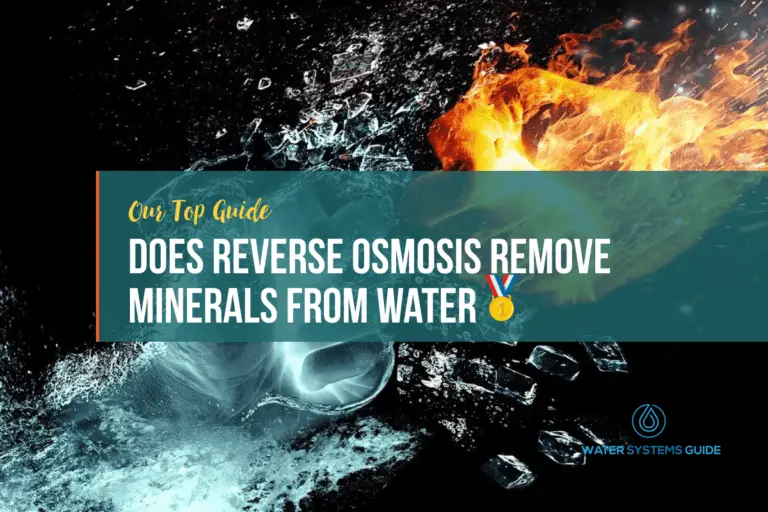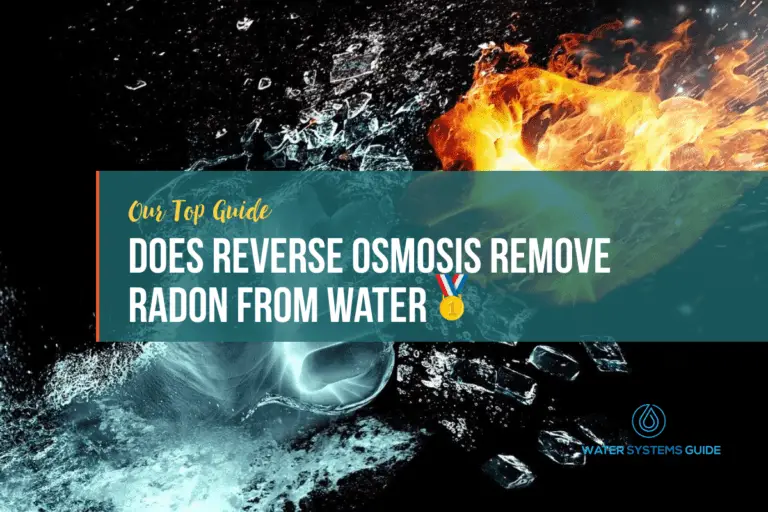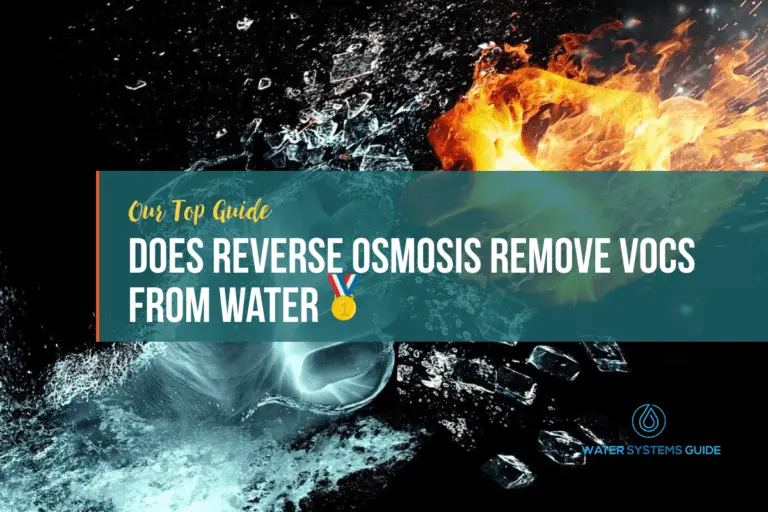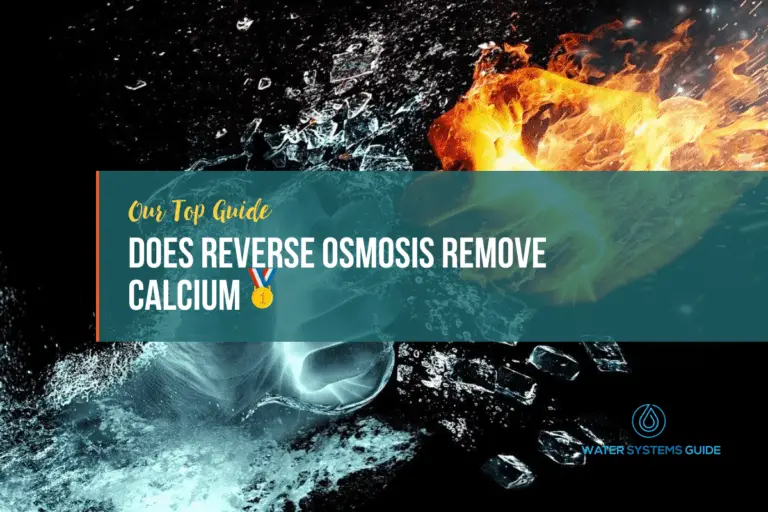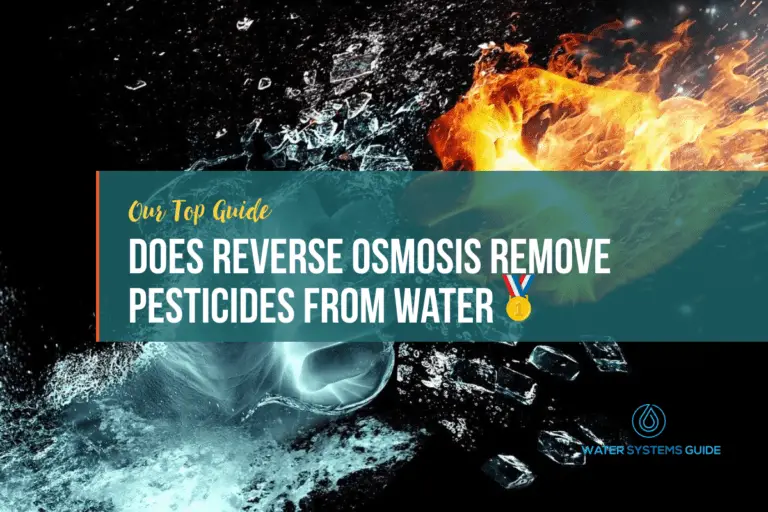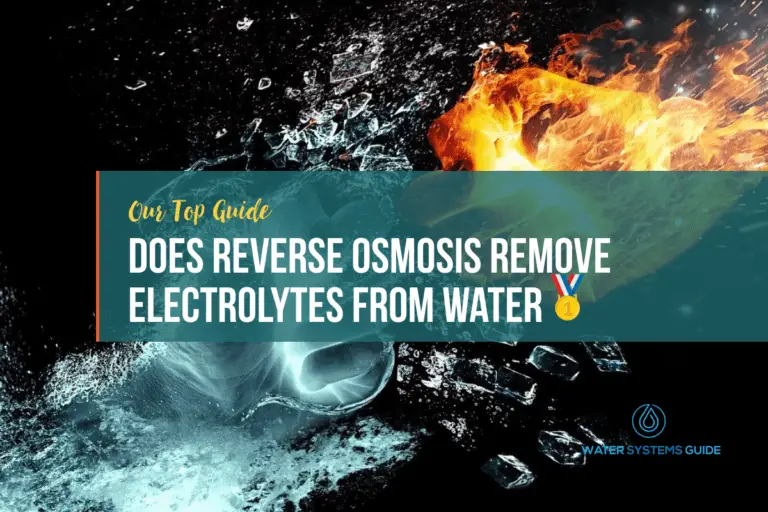Does Reverse Osmosis Remove Magnesium From Drinking Water
What Exactly Is Magnesium
Magnesium is a chemical element with the symbol Mg and atomic number 12. It is a shiny gray solid which bears a close physical resemblance to the other five elements in the second column (group 2, or alkaline earth metals) of the periodic table: all group 2 elements have the same electron configuration in the outermost electron shell and are thus similar in properties. Magnesium is the eighth most abundant element in the Earth’s crust and ninth in the known universe.
Is Magnesium Beneficial To Humans?
Yes, magnesium is beneficial for humans. It is a vital mineral for human health, playing a role in over 300 biochemical reactions in the body. Magnesium is involved in energy production, DNA synthesis, and protein synthesis. It also helps to regulate blood sugar levels, blood pressure, and heart rhythm.
Magnesium deficiency can lead to a number of health problems, so it is important to make sure that you are getting enough of this essential nutrient.
Does RO Remove Magnesium from Drinking Water?
Reverse osmosis (RO) is a process that is used to remove impurities from water by forcing it through a semipermeable membrane. RO will remove magnesium from drinking water, but the removal efficiency will depend on the initial concentration of magnesium in the water, the type of membrane used, and the operating conditions.
Considering the beneficial impact of minerals like calcium and magnesium (in moderate dosages), the consumption of RO water may ultimately lead to nutrient deficiencies.
Therefore, if you’re looking to use a RO system, and potentially consume reverse osmosis water, then it’s advisable to seek advice from a healthcare professional, especially if this is being used as a long-term solution.
Should we be reducing magnesium levels in our home water supply
There is no evidence that magnesium levels in our home water supply need to be reduced. In fact, magnesium is an essential mineral that plays a role in many important bodily functions. Therefore, reducing magnesium levels in our home water supply could have negative health consequences.
As we suggested above, it’s highly advisable to speak to your healthcare provider about this before potentially reducing these kinds of healthy minerals from your water supply.
Is There A Risk of Consuming Too Much Magnesium?
Well, yes, there is a risk of consuming too much magnesium. This can lead to magnesium toxicity, which can cause serious side effects such as diarrhea, nausea, vomiting, and muscle weakness. If you take magnesium supplements, be sure to follow the recommended dosage.
However, when considering if your water supply is the cause of excessive levels of Mg, it’s recommended to go about testing.
How to test your water supply for Magnesium
There are a few ways that you can test your water supply for magnesium:
The first way is to use a water test kit that you can purchase at a local hardware store. These kits will test for a variety of different minerals and chemicals in your water, including magnesium.
Another way to test for magnesium is to have your water professionally tested by a company that specializes in water testing. This will give you the most accurate results.
Finally, you can also try doing a simple home test by using a piece of magnesium ribbon (or another type of magnesium metal). Simply place the magnesium in a glass of water and wait to see if it dissolves. If it does, then your water likely has high levels of magnesium.
You can then go about installing a POU (Point of use) or POE (Point of entry) water filter system, such as a whole house RO system, to reduce magnesium levels.
What else does reverse osmosis remove from water?
Alternative Methods Of Magnesium Water Treatment
There are many ways to treat magnesium in water, including:
- Water softening – This is a very effective way to reduce levels of “hard water”, by removing calcium and magnesium
- Distillation – One of the oldest forms of water purification, it’s known for effectively reducing magnesium levels

